Author: ATCS Frederick Pauling USNR (Ret) This story is in memory of Master Chief (E-9) Aviation Electronic Technician (ATCM) Roy B. Carthen USN (Ret) who died at the age of 95 on March 17, 2017. Roy wasn’t a Mariner/Marlin Association member but he was a seaplane sailor who had a story he wanted told about
Author: ATCS Frederick Pauling USNR (Ret)
This story is in memory of Master Chief (E-9) Aviation Electronic Technician (ATCM) Roy B. Carthen USN (Ret) who died at the age of 95 on March 17, 2017. Roy wasn’t a Mariner/Marlin Association member but he was a seaplane sailor who had a story he wanted told about a German sub. He entered the Navy January 19, 1941 and retired October 16, 1963, with 21 years of active duty. He served with VP-55, VP-56, VP-74, VP-45, VP-49 and VP-84.
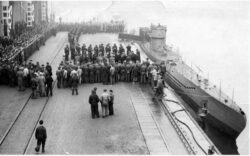
I first made contact with Roy during my efforts to recruit Mariner/Marlin Association members via e-mail in February 2017. In our correspondence he wanted his story told and gave me authorization to write it. I explained to him that in order to have his story in the Mariner/Marlin Association Newsletter he would have to join the association. I told him that if he joined I would help him write the story. At 95 years of age he didn’t want to join
Roy’s WW2 story continued to intrigue me. Roy’s contention was that VP-73 and VP-74 had been deployed to Iceland in the summer of 1941 for the purpose of protecting ship convoys traveling from Canada to England from German submarines. This was five months before we officially entered war with Germany. Prior to me making contact again with Roy, I wanted to see if his story could be backed up or documented. I researched three historical books: “FDR, the War President, 1940- 1943”, “Roosevelt’s Secret War”, and “Roosevelt’s Navy”. Although none of the books mention anything about US seaplanes hunting German submarines, “Roosevelt’s Navy” did confirm Roy’s contention that in July 1941, a US Military contingency had been sent to Iceland with the intention of eventually replacing the British military.
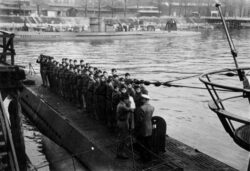
I tried contacting ATCM Roy B. Carthen via e-mail in July 2017 for the purpose of learning more of Roy’s naval career. He didn’t respond to my e-mails so I telephoned Roy, his wife answered and told me he had died in March. In my conversation with Mrs. Roy Carthen, I found that Roy’s son, Bill Carthen, had been given all Roy’s naval military papers. With Roy’s wife’s blessings, I contacted Bill Carthen and explained that I wanted to write a story for Mariner/Marlin newsletter about ATCM Roy Carthen and the German sub. Bill said Roy’s papers weren’t organized and were in very poor condition but he confirmed much of the information I had obtained from ATCM Roy Carthen and eventually provided me with some critical documentation.
Here’s the highlight and a short version of Roy B. Carthen’s naval career:
After graduating from high school he took up telegraphy; this was something he enjoyed and excelled in. He obtained an amateur radio FCC license.
In January 1941 the Navy contacted Roy and proposed a one year enlistment (what could possibly go wrong?) The Navy had a critical need for sailors with telegraph skills. That same month Roy joined the Navy with the intention of becoming a Radioman. He and others like him who had recently obtained telegrapher FCC licenses were sent to a four month Navy Radio School. Roy began his Navy career with the rank of seaman second, skipping over boot camp completely. He thought the Radio school would teach him how to repair radios but they only taught code. Since he was proficient in telegraphy he found the school boring and didn’t think he was learning anything new. Therefore the Navy accommodated Roy with another Naval skill and he found himself mess cooking instead of attending code classes over much of the four month telegraphy course. Upon graduating from the Navy Radio School he was promoted to RM3.
Roy’s first squadron assignment was VP-55; shortly thereafter on 1 July 1941 the squadron was re-designated as VP-74. VP-74 had a complement of six PBM-1s and was located at Norfolk Naval Station. At that time in naval history, there weren’t any aviation ratings so a radioman could find himself either aboard a ship or flying in an aircraft. In the summer of 1941, VP-74 and sister squadron VP-73 were deployed to Iceland. VP-74 consisted of six PBM-1s and VP-73, twelve PBY-5s. The squadron personnel (ground and flight crews) were transported to Iceland via two re-commissioned WWI destroyers that were further reclassified as Seaplane Tenders. Roy’s squadron VP-74 was assigned to the USS Badger AVD-3 (previously DD-196) and VP-73 was assigned to the USS Belknap AVD-8 (previously DD-251). Both squadrons left Norfolk at the same time and arrived in Iceland in August of 1941.
In Iceland, seaplane operations were very difficult because neither the PBMs nor PBYs had runway capability and needed to be moored in a bay. Takeoffs, navigation, and landing, as well as flying were very difficult because of adverse weather conditions. Initially both squadrons lived aboard their respective seaplane tenders/destroyers but eventually they set up a tent city on land. Although Roy was a PBM aircrew member, he continued to have radio watches aboard the USS Badger. When flying conditions were adequate both squadrons provided air cover for trans-Atlantic convoys. Although VP-74 didn’t sink any submarines in 1941, Roy’s seaplane squadrons (VP-73/VP-74) did assist in the capturing of a German submarine. The British took full credit as having the US Navy involved wasn’t politically correct since the US Navy wasn’t officially at war at this time.
VP-74 returned to Norfolk on 1 December 1941, less than a week before WWII began. Needless to say, Roy’s one year enlistment obligation lasted until the end of WWII. According to his Son, Bill Carthen, Roy advanced through the ranks to Chief Petty Officer.
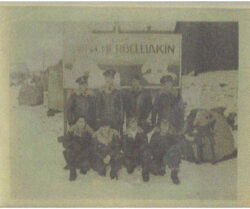
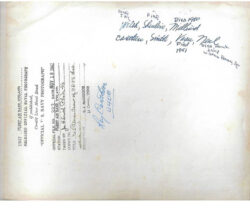
On returning to the USA in 1941, ARM2 Roy had several assignments one was helping ferry aircraft across the country from the West to the East Coast. During this period Roy survived two aircraft crashes. He was transferred to VP-84 and back to Iceland in September 1942. VP-84 had twelve PBY-5As that were equipped with landing gear. This time Roy’s seaplanes were stationed at FAB (Fleet Air Base) Keflavik, Iceland, and the difficulties of ocean take-off and landings were eliminated. The highlight of Roy’s naval career was when his PBY, under the command of Lt. Robert C. Millard, sank the German submarine U408 on 5 November 1942. Roy said this was the first U-Boat to be sunk by a PBY. He also said that VP-84 sank more U-Boats than any other squadron. I could not verify either of these two statements. Maybe he was referring to squadrons flying out of Iceland and that might have been factually true. Because of Roy’s death, I didn’t have the chance of questioning him further about those two statements. Roy also stated his PBY pilot Lt. Robert C. Millard had sunk three U-Boats but I could only verify the sinking of two and the possibility of significantly damaging a third. I believe that sub was sunk a day or two later because of its inability to evade detection and another aircraft was awarded its sinking. Lt. Millard was awarded the Distinguish Flying Cross and the flight crews (including ARM2 Roy Carthen) were awarded Air Medals for the sinking of U-408. ARM2 Roy Carthen was awarded a total of two Air Medals and a Presidential Unit Citation while he was attached to VP-84.
Roy temporarily left the Navy a couple of years after the end of WWII, with an honorable discharge. In civilian life Roy successfully worked for a couple of electronic companies. Although he could repair anything that was electronic, he found this civilian life unrewarding. The Navy provided stability, diversity, greater electronic training, and retirement security. After two years in the civilian world, Roy found getting back into the Navy was more difficult than he expected. Although he had made Chief Petty Officer in his first enlistment, the highest rank and rating he could obtain on reenlistment was as an Aviation Electronic Technician second class (AT2). However, the Navy did agree to send him to “AT-B School” Aviation Electronic Technician School in Millington, TN, and Roy desired for “B” school was more than the rank. While attending “B” School Roy was advanced to AT1.
According to Bill Carthen, his father continued to steadily advanced in rank and was the second sailor in naval history to attain the rank of Master Chief. Roy’s last assignment was the Leading Chief of VP-49 in Bermuda. In this small world, Roy Carthen was my Leading Chief for the three years that I was assigned to VP-49. At that time I was an AT1 (AC) and I don’t have any recollection of having any personal interaction with Roy. Most likely this was a good thing (I evidently didn’t cause any significant problems)
ACKOWLEDGMENTS: Bill Carthen, ex-Navy and son of Roy Carthen, for his valuable collaboration in this story.
Lou Marrero and Bill Haynes, both P5M Sailors, for their input, review and critique of this story.
3 comments
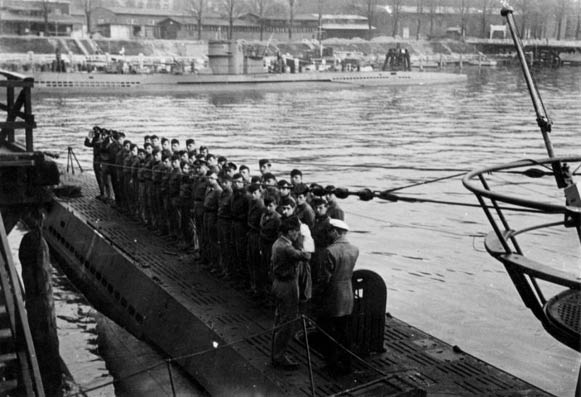
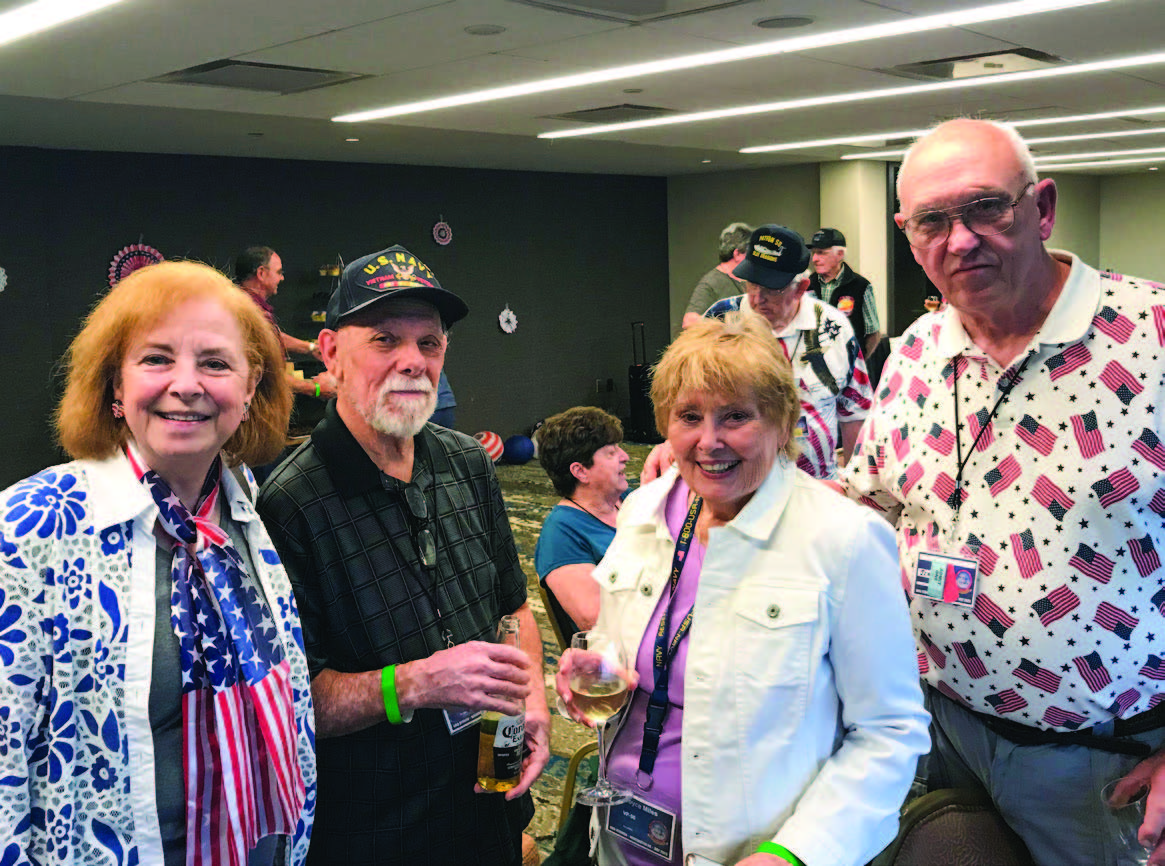
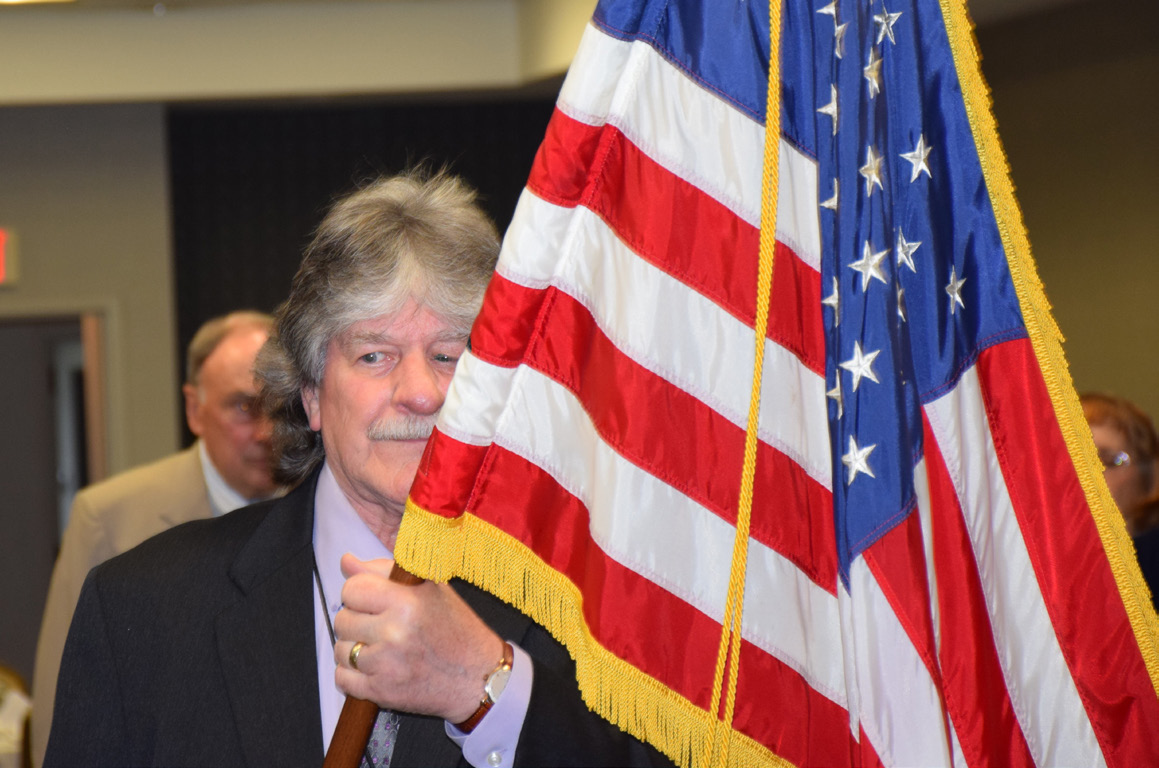
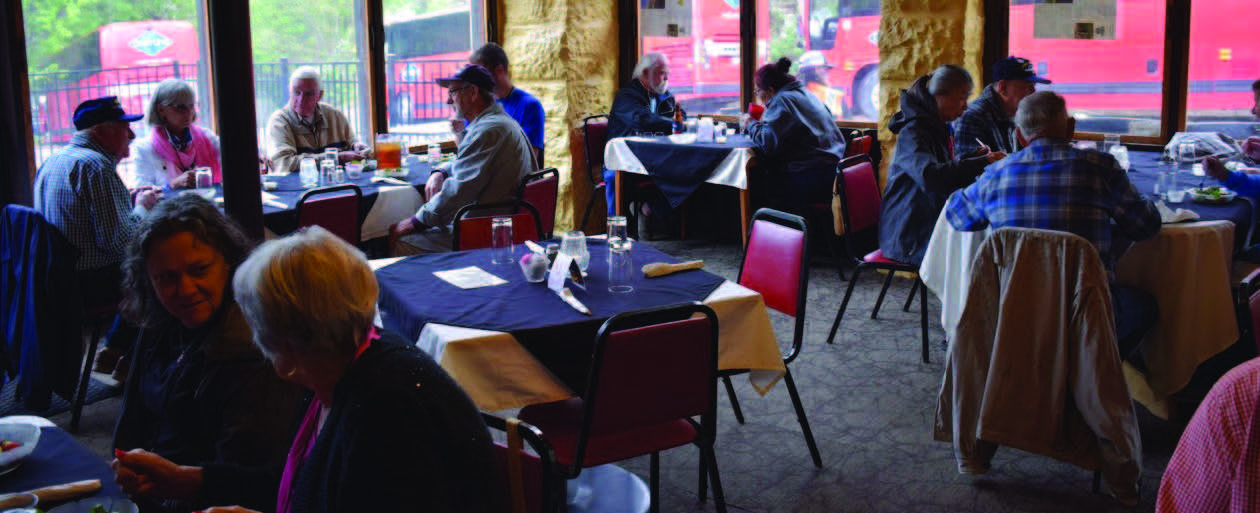

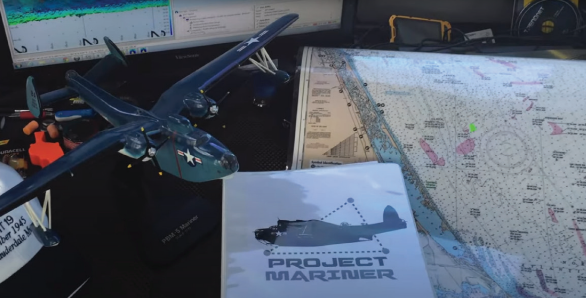

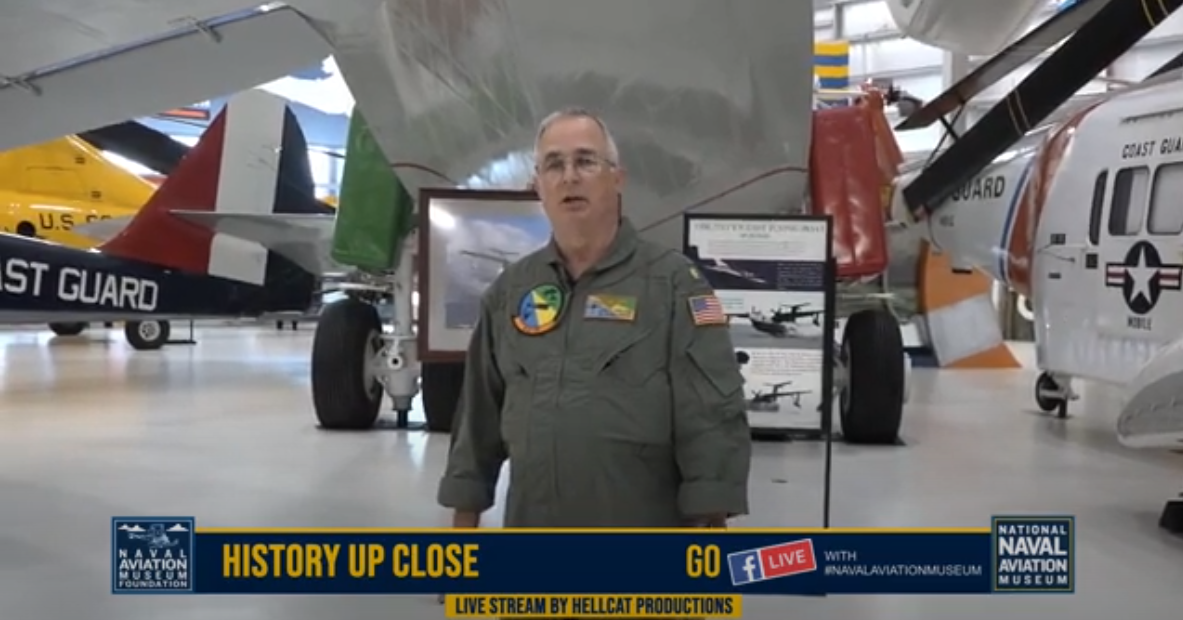
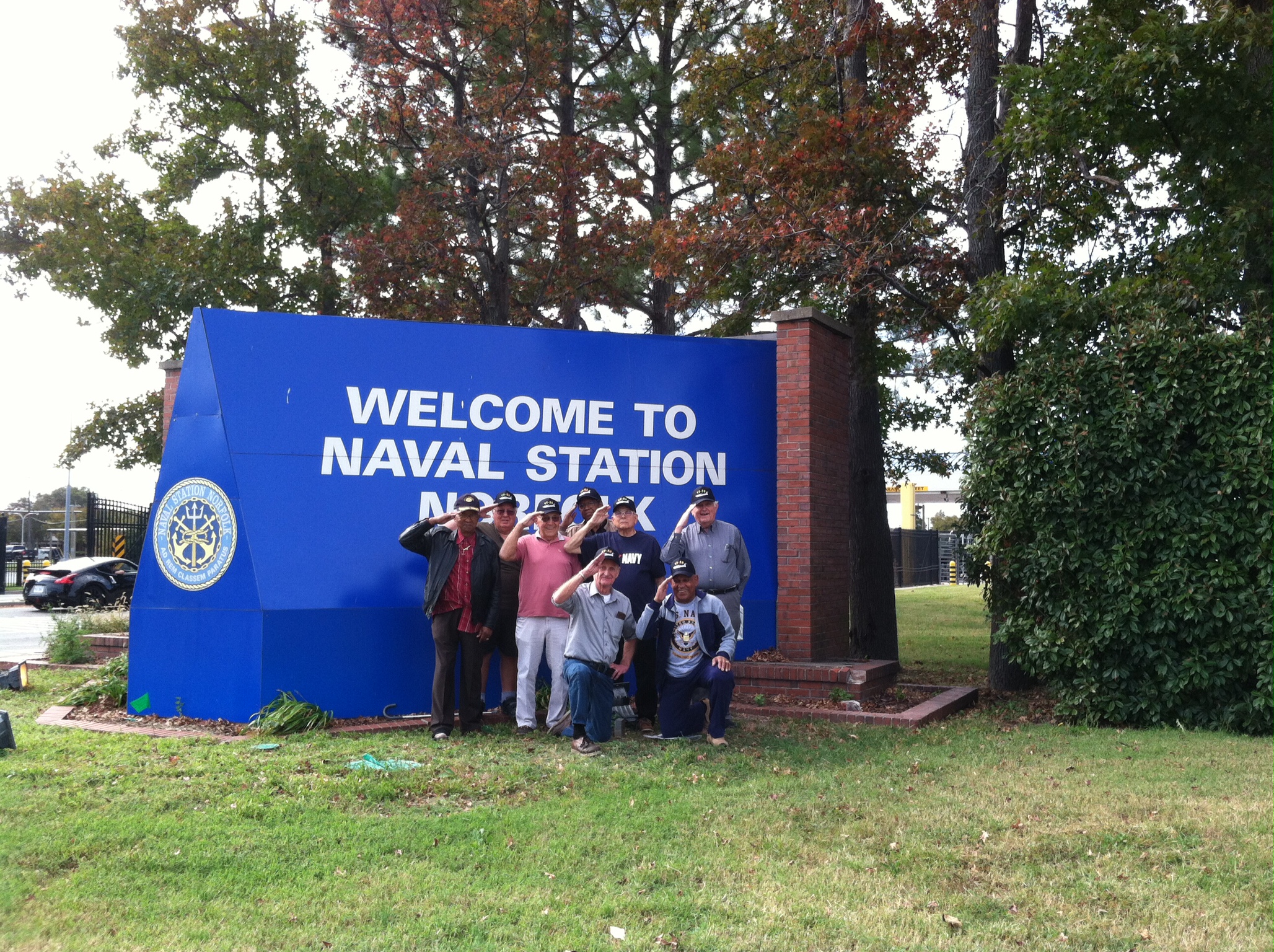
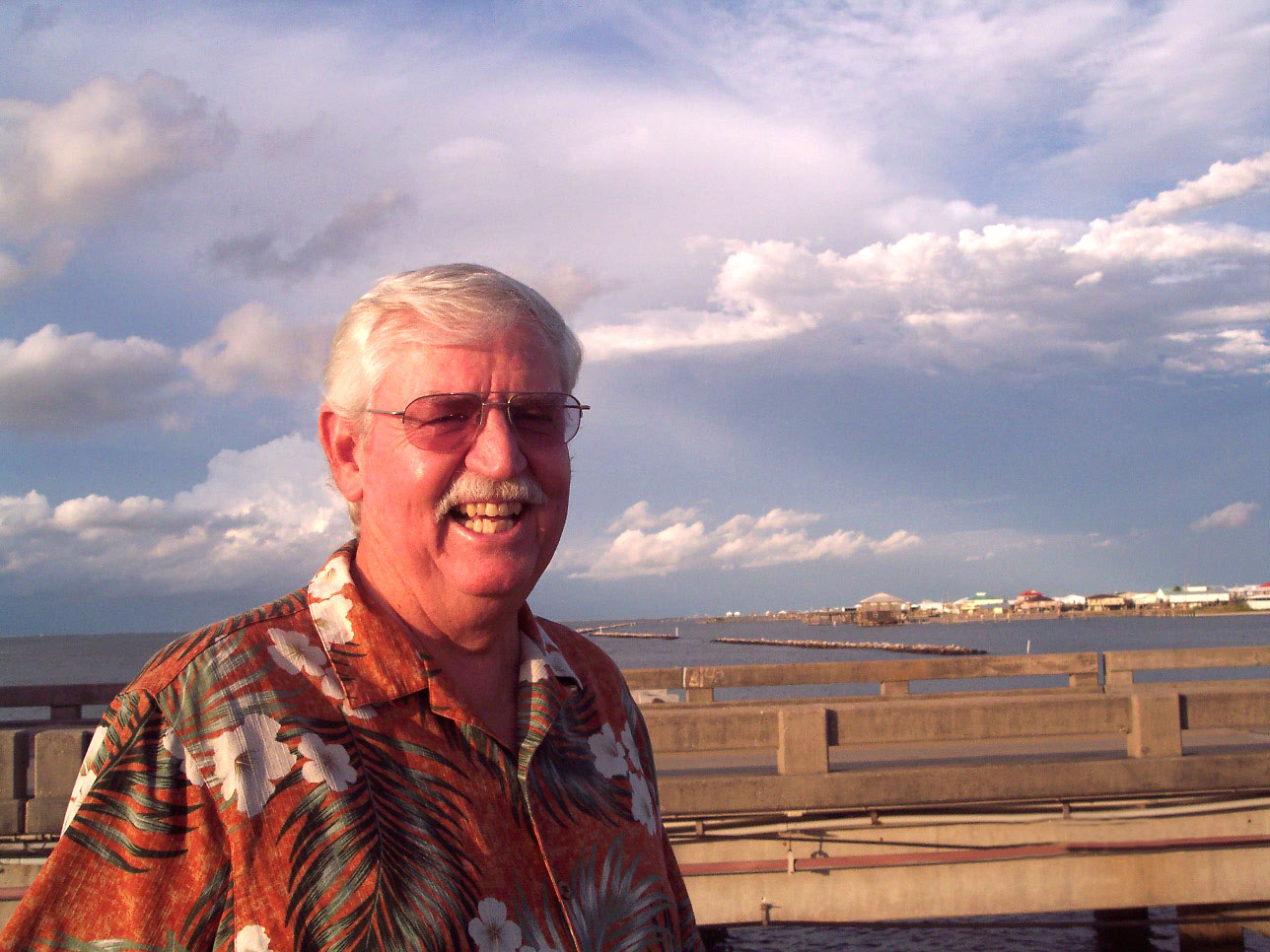
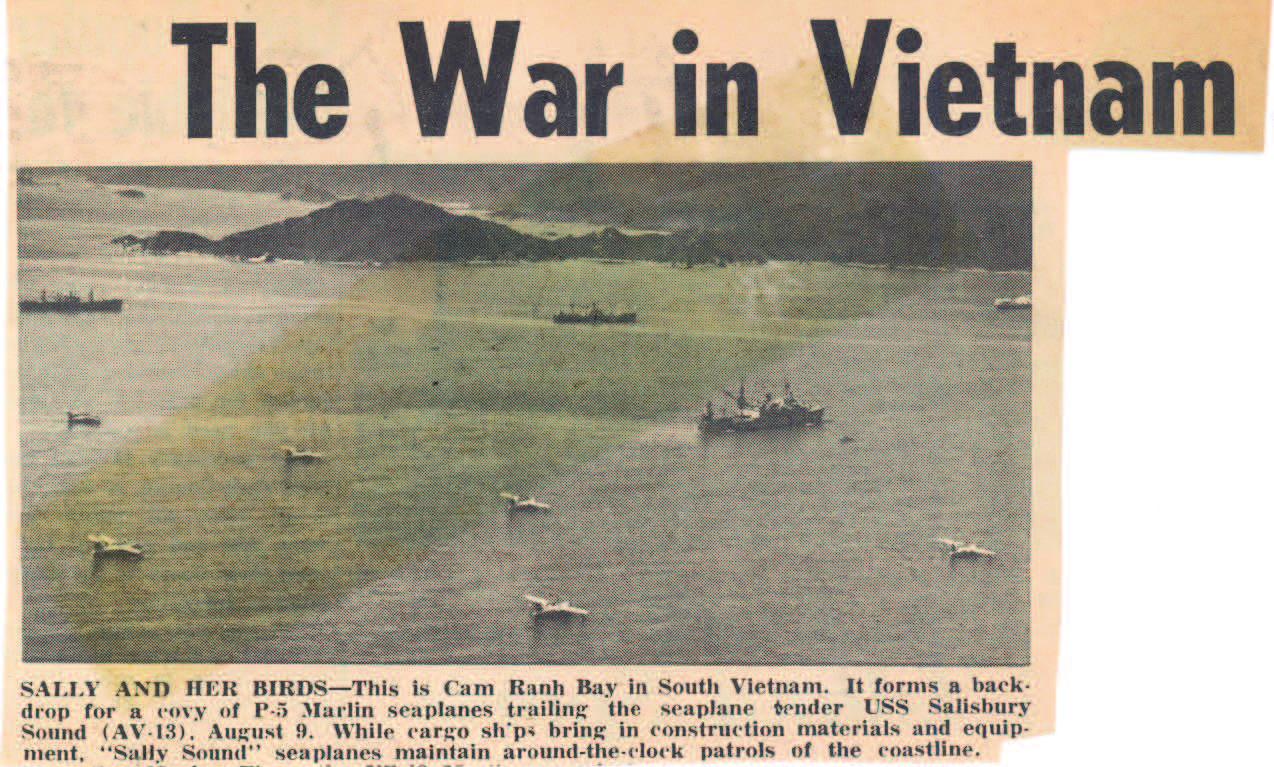
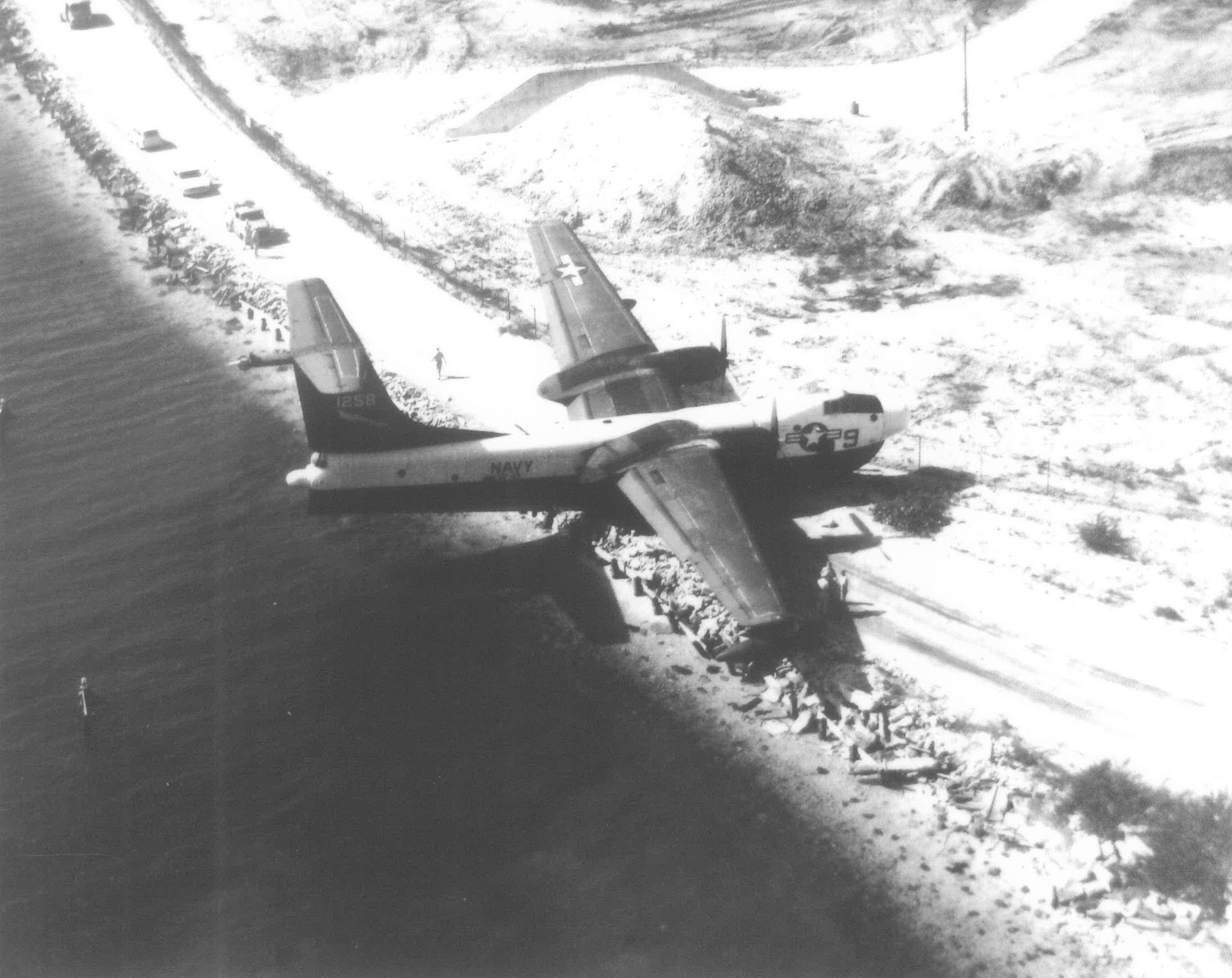
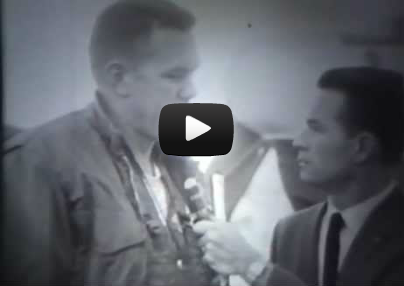
3 Comments
Jerry Strickland
August 15, 2020, 17:39I thought I had recalled a Chief Carthen and it might have been him, as I was in 49, ATR, on ‘9’, until September of 63.
REPLYDavid H. Johnson
September 6, 2021, 19:45Nice article, I Knew the family from March 1963 till Nov. in Bermuda VP49 through his discharge and move to Fl., At that time I was on crew 8 and dating his daughter Angelia Sue. The Chief told me about the iceland and sub patrol much like you put it in your article. I served with Vp49 from June 1962 with the P5Ms with the change over to the new P3As and move to Pax River. I did find the Chief in 1998 and we called, and wrote. Because of knowing him and the family, and liking the Navy, I was thinking of going for twenty years. But things change and happen. So…long..Chief. P.S. Thank you Chief for trusting me with your daughter. David H. Johnson AMS2
REPLYDavid Johnson
June 12, 2022, 21:27I feel a part of my Navy years is gone. I recall sitting with the Chief at the hobby center in Bermuda as he would talk to his family over the Ham radio set. I was honored that he allowed me to date his then 18yr old daughter. AMS 2 crew LP8 crew, 1962-63
REPLY